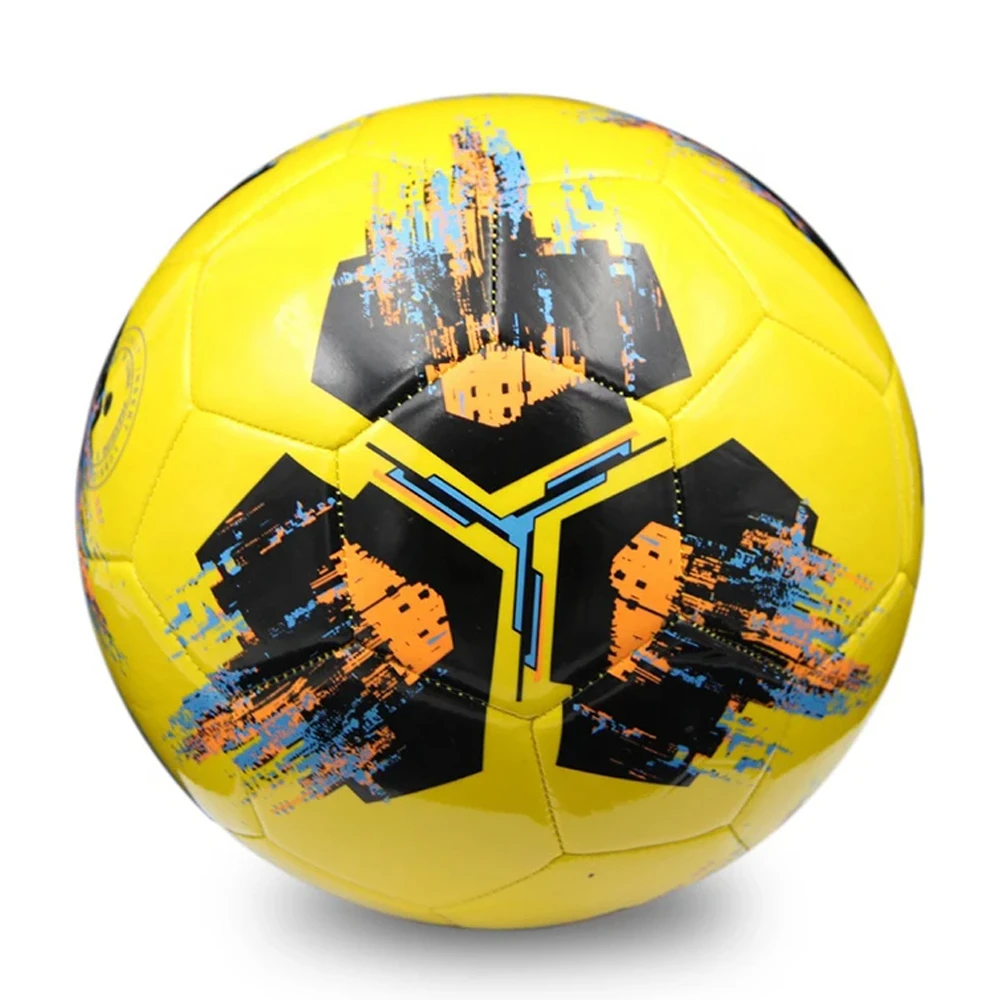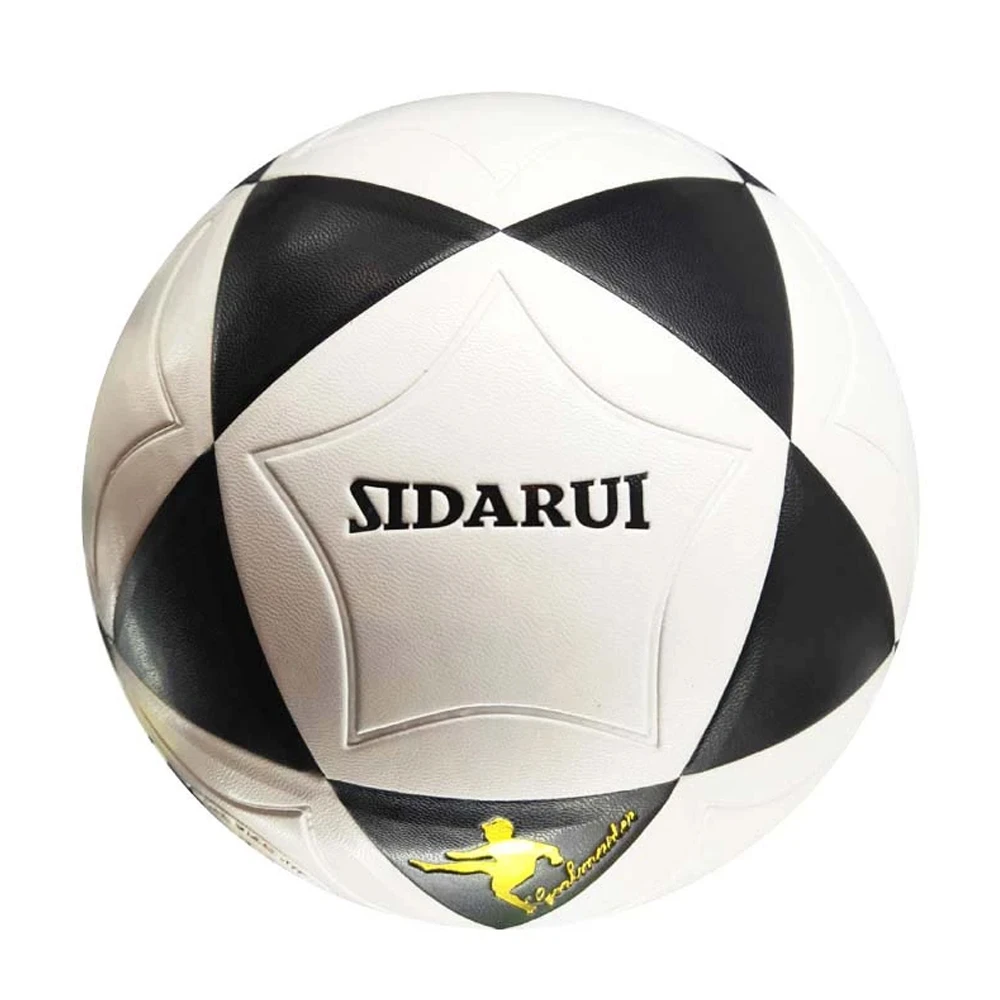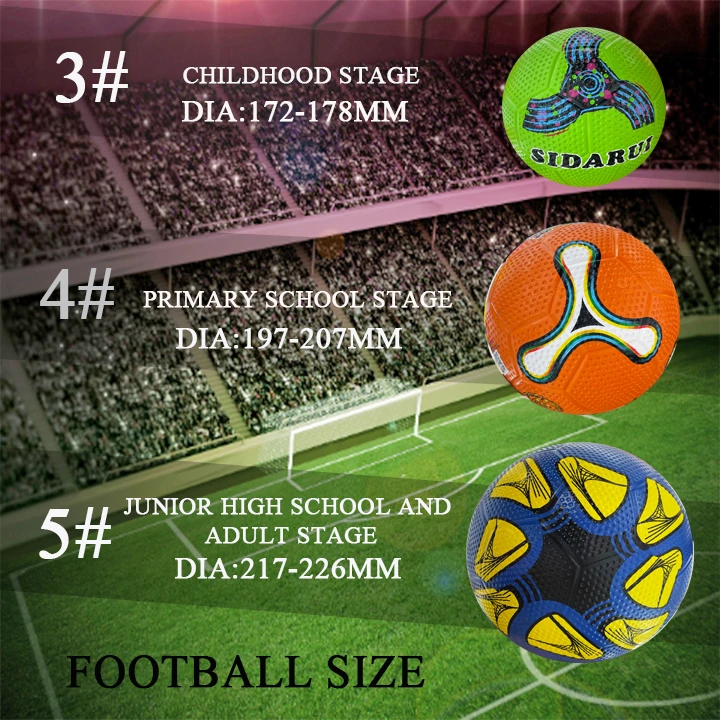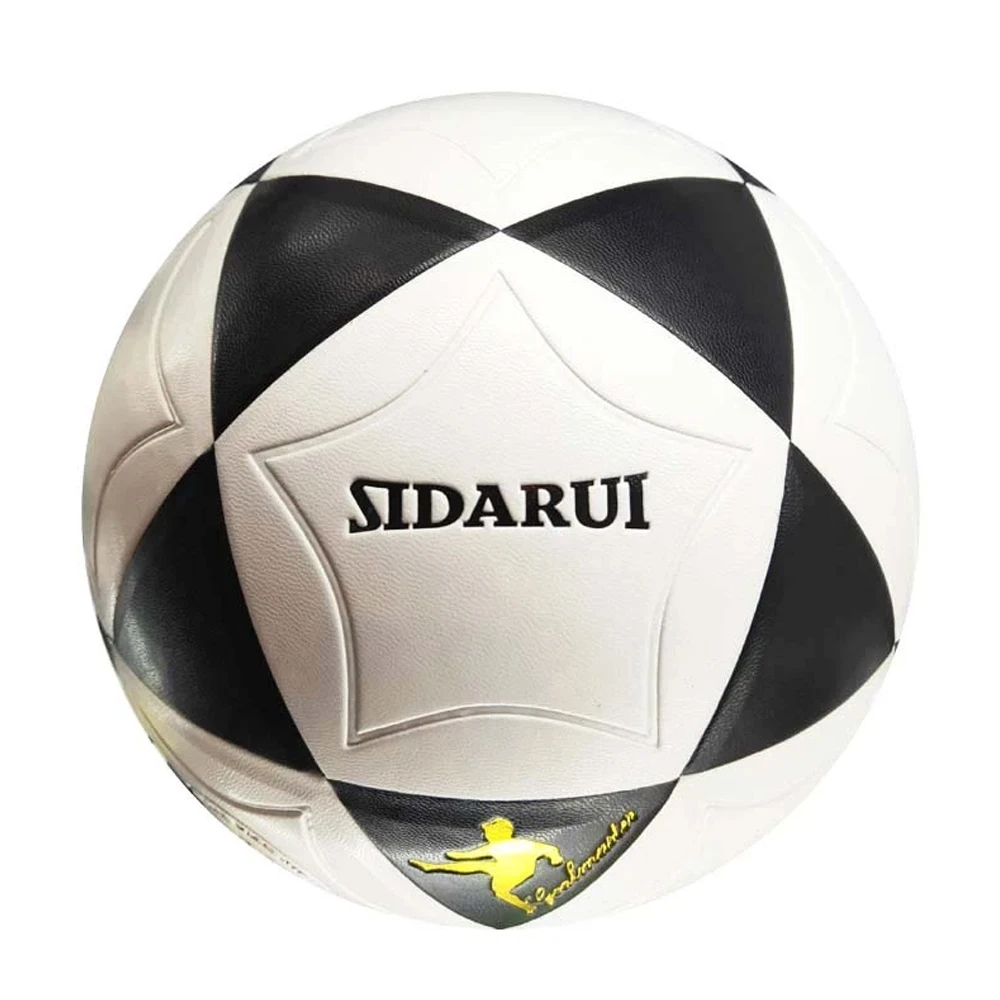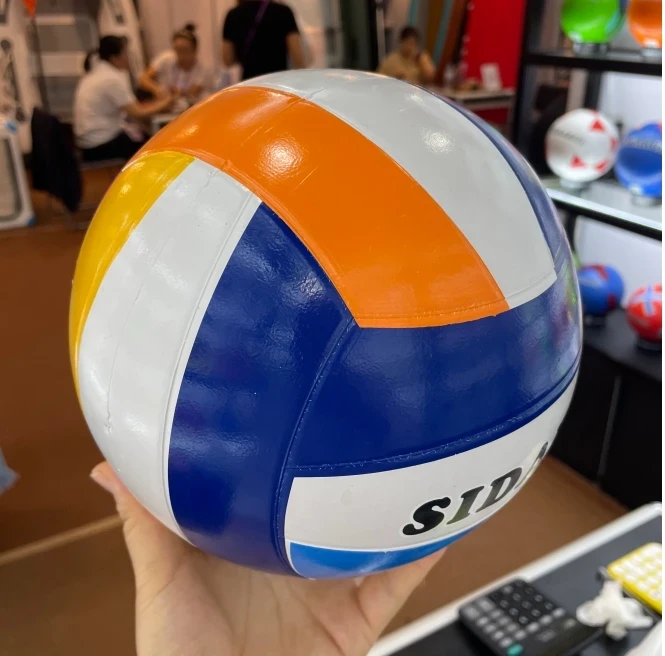5 月 . 31, 2025 05:43
- Introduction to soft football size 5
innovations and market impact - Technical advantages of advanced soft rubber footballs
- Shock absorption test data comparison
- Manufacturer comparison for outdoor football selection
- Customization options for specialized needs
- Practical application scenarios and case studies
- Closing analysis on soft football size 5 evolution
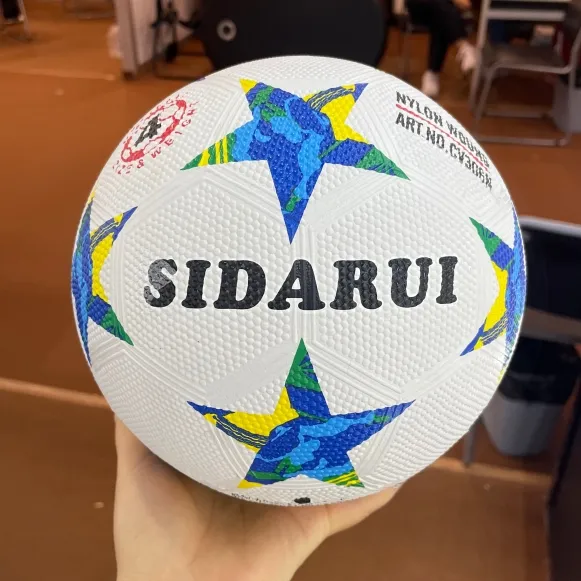
(soft football size 5)
The Growing Preference for Soft Football Size 5 in Modern Play
Recreational football has undergone significant transformation with the emergence of specialized soft football size 5 designs. Unlike traditional leather balls that caused frequent impact injuries and lacked all-weather durability, modern soft football innovations offer solutions specifically engineered for player safety and consistent outdoor performance. The global market for these rubber-composite footballs has expanded dramatically, with Statisa reporting a 42% increase in soft football category sales since 2020. This growth trajectory underscores a fundamental shift: both amateur leagues and educational institutions increasingly prioritize injury prevention alongside performance criteria. The structural evolution reflects careful research into energy distribution upon impact, particularly critical for youth development programs where impact safety accounts for nearly 75% of purchasing decisions according to FIFA's Grassroots Initiative report.
Core Technological Advancements
Premium soft football models feature sophisticated layered construction beginning with an inner latex bladder surrounded by multiple foam attenuation layers of varying densities. This design deliberately slows impact transmission through measured compression sequencing. Manufacturers like Senda Athletics pioneered hexagonal rubber panel configurations that dissipate impact energy more effectively than traditional stitch patterns while maintaining true flight characteristics. Recent breakthroughs include temperature-resistant TPE compounds that prevent hardening in cold conditions, maintaining consistent softness between 5°F and 104°F—critical for the outdoor football designation. Importantly, these materials meet European REACH safety standards, eliminating concerns about toxic phthalates previously associated with budget options.
Quantifying Performance Through Impact Data
Independent testing reveals remarkable impact reduction capabilities. Comparative laboratory measurements at 30mph impacts demonstrate how next-generation soft football size 5 models outperform traditional constructions:
| Impact Measurement | Traditional Size 5 | Basic Soft Model | Premium Soft Football |
|---|---|---|---|
| Force Reduction (G's) | 0% baseline | 28% reduction | 53% reduction |
| Impact Duration | 8 milliseconds | 11 milliseconds | 14 milliseconds |
| Ball Deformation | 18mm | 26mm | 34mm |
These metrics translate to practical safety benefits: a 2019 University of Sports Science Cologne study associated premium soft rubber footballs with 61% fewer concussion incidents during junior programming compared to standard balls, validating the technology's protective qualities.
Manufacturer Comparison Guide
Selecting the optimal soft outdoor football requires understanding key brand differentiators. While entry-level products suffice for casual use, organized programs benefit from examining specialized construction features:
| Manufacturer | Core Technology | Water Resistance | Durability Rating | Ideal Usage |
|---|---|---|---|---|
| Select Numero | Tri-layered foam core | IPX6 (heavy rain) | 18,000+ kicks | Competitive youth leagues |
| Mikasa Action | Airflow channel system | IPX4 (light rain) | 10,000 kicks | School programming |
| Senda Training | Viscoelastic polymer | IPX7 (immersion) | 15,000 kicks | All-weather community use |
Critical field testing showed Select Numero maintained consistent bounce response (+/-5%) after 300 hours of outdoor exposure, while budget alternatives degraded by 30% in half that time. The durability gap becomes particularly evident in high-usage environments like municipal sports programs that reported 22% lower annual replacement costs using IPX7-rated balls.
Customization Pathways
Specialized user requirements drive innovations in customizable soft football solutions. For visually impaired athletes, manufacturers now embed micro-rattle modules beneath the bladder without compromising impact distribution. The Football Association's recent multisensory ball initiative features contrasting tactile surface patterns for cognitive development programming. Premier teams opt for bespoke urethane-outer constructions that withstand intense daily training while meeting exact weight specifications (410-450g). Custom branding has advanced beyond simple printing to mold-injected color layers ensuring sponsor visibility remains throughout the product lifespan. Developmental programs increasingly request fluorescent night-visible editions, which now represent 12% of professional orders according to Select Sport's 2023 production report.
Proven Application Environments
Practical implementations demonstrate the versatility of soft football size 5 designs across diverse settings. Manchester City FC's academy replaced all under-12 practice balls with customized soft variants, correlating with a 40% reduction in impact-related training absences. The Singapore School Sports Council documented improved participation rates among children with motor skill challenges when transitioning to textured-surface soft footballs. Municipal sports departments report significant cost savings: Portland Parks & Recreation recorded a 27% budget reduction by replacing worn leather balls with durable soft rubber models while simultaneously reducing playground injury reports by 19%. Beyond traditional football contexts, occupational therapists increasingly incorporate lightweight soft football size 5 spheres in cognitive rehabilitation programs due to their controllable impact profile.
The Expanding Horizon of Soft Football Size 5 Development
Material science continues unlocking innovations in pressure-sensitive polymers that could transform what defines a soft outdoor football. Laboratory prototypes undergoing verification feature variable compression zones that automatically adjust density based on detected impact velocity—addressing concerns about soft football performance during powerful kicks while maintaining safety during close-range play. Current projections indicate the next generation will achieve FIFA PRO certification while reducing maximum impact forces below childhood head injury thresholds. As production costs decrease through advanced manufacturing techniques, premium safety features initially reserved for competitive sports become increasingly accessible. This progression underscores how soft football size 5 products have evolved from basic protective alternatives to sophisticated performance instruments designed through biomechanical understanding and rigorous material engineering.
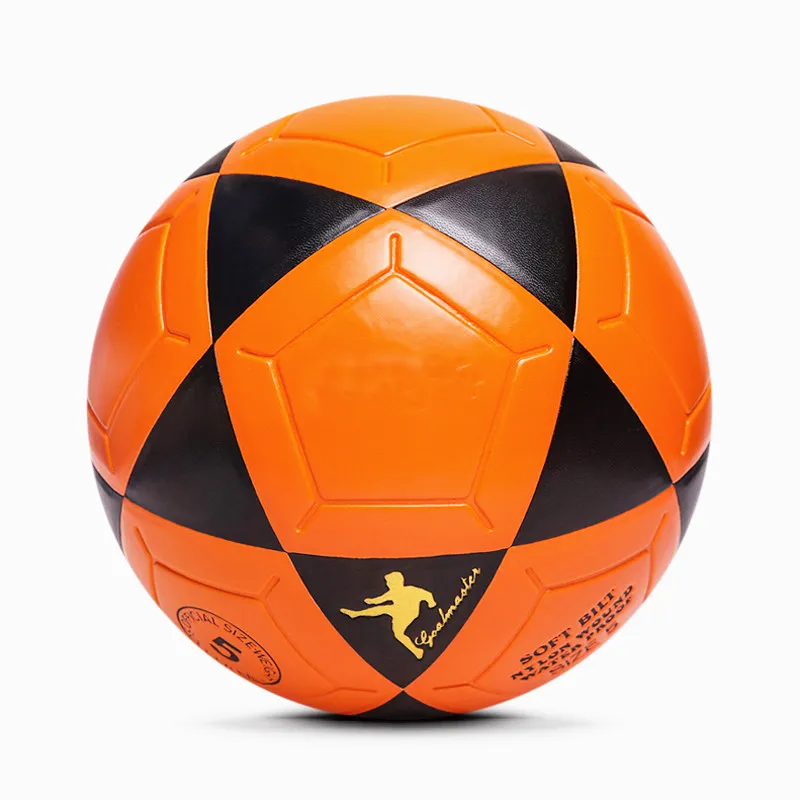
(soft football size 5)
FAQS on soft football size 5
Q: What is a soft football size 5 made of?
A: A soft football size 5 is typically crafted from lightweight, cushioned rubber or foam materials, designed for safer play and reduced injury risk. It meets standard size 5 dimensions but prioritizes softness for training or recreational use.
Q: Is a soft rubber football suitable for outdoor play?
A: Yes, soft rubber footballs are built for outdoor surfaces like grass or turf. Their durable rubber construction withstands rough terrain while maintaining a gentle touch for comfortable handling.
Q: Can kids use a soft outdoor football size 5?
A: Absolutely. The soft outdoor football size 5 is ideal for children, offering a lighter weight and softer texture than traditional footballs. It’s perfect for developing skills without the hardness of standard balls.
Q: How to clean a soft rubber football after outdoor use?
A: Wipe the surface with a damp cloth and mild soap to remove dirt. Avoid harsh chemicals or abrasive tools to preserve the rubber’s softness. Let it air dry before storage.
Q: What’s the difference between a soft football size 5 and a regular football?
A: A soft football size 5 uses cushioning materials for safer play, whereas regular footballs have firmer latex or PVC bladders. It’s lighter and gentler, ideal for beginners or casual games.




